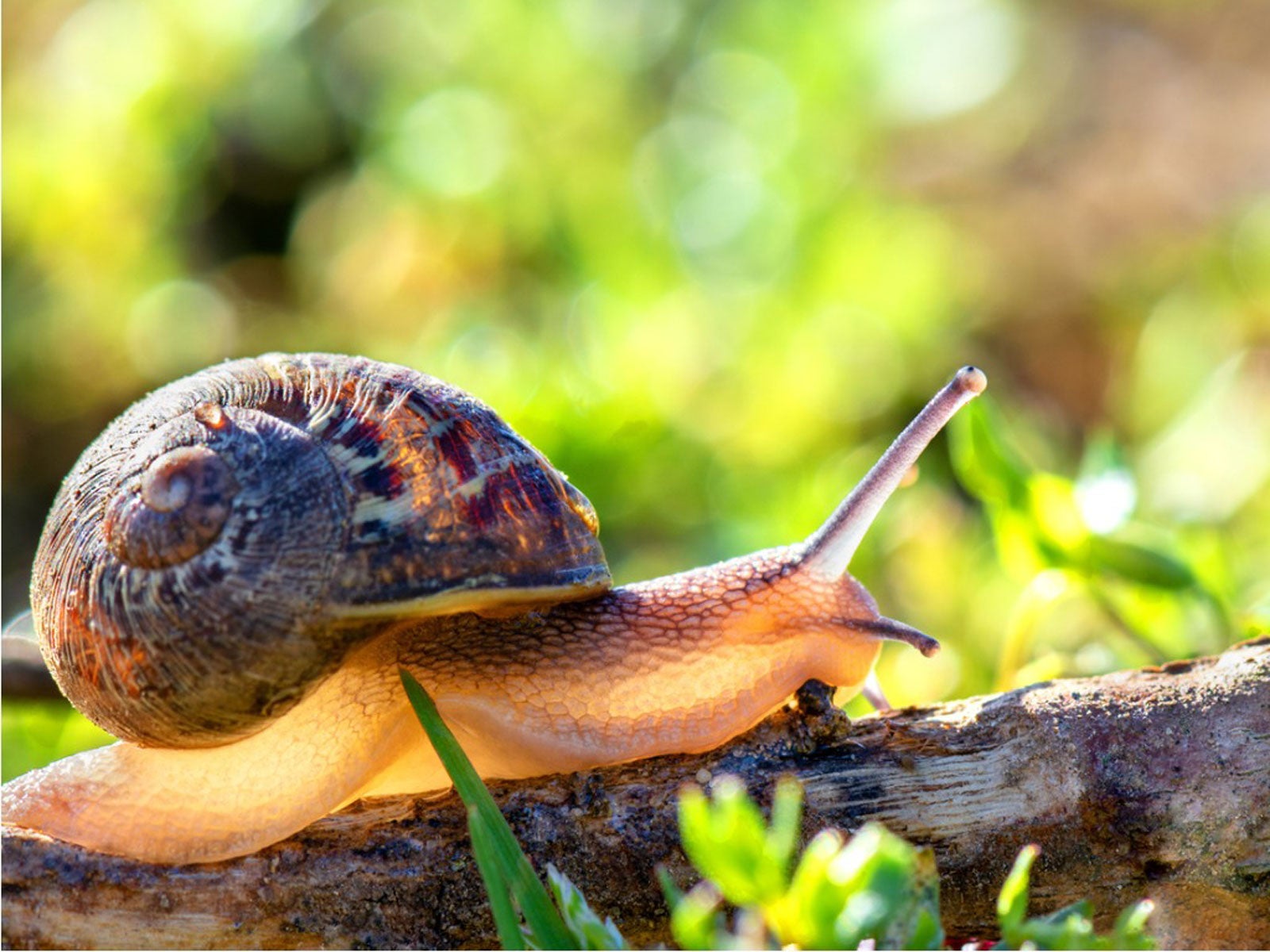Pacific Northwest Gardening – Things To Do In April In The Northwest

April showers bring May flowers, but April is also the perfect time to get the vegetable garden established as well as other April gardening tasks for the Pacific Northwest gardener.
April in the Northwest region may be fraught with rain and temperatures that fluctuate but with the assistance of some cloches or low tunnels, the veggie garden is foremost on a gardening to-do list. This isn’t the only chore in need of being done, however.
Northwest Gardening in April
April in the Northwest brings with it warmer temperatures, albeit for many regions lots of rain. For the diehard gardener, a little rain isn’t an issue and April gardening tasks wait for nobody.
If you’re new to gardening, you might be wondering exactly what April gardening tasks for the Pacific Northwest should be tackled. No need to worry, we’re here to help with that.
Veggie Gardening To-Do List for Northwest
If you didn’t already do so in March, till under any cover crops you’ve planted. If you didn’t use cover crops, amend the soil with plenty of aged compost and mix it into the soil well.
If you were going to start veggies from seed, hopefully, you’ve already done so indoors and have the seedlings under lights. If you haven’t started seeds indoors yet, it’s time to start cracking or plan on purchasing starts from the nursery. There are some seeds that can be directly sown outdoors at this time, especially if you are using a low tunnel or cloche to protect the babies at night.
Broccoli, brussels sprouts, cabbage, cauliflower, and kohlrabi can be direct sown in April. That said, snails and slugs abound in some regions of the Pacific Northwest, and they like these crops as much as you do, which means they will often eat up emerging seedlings. In this case, it is better to transplant larger plants in mid-April to May.
Gardening tips, videos, info and more delivered right to your inbox!
Sign up for the Gardening Know How newsletter today and receive a free copy of our e-book "How to Grow Delicious Tomatoes".
Members of the nightshade family like temperatures a bit warmer, but they should be started by April and ready to be transplanted in May when things warm up.
Direct sow salad greens, Asian greens, Swiss chard, and most herbs during the month of April. The exception to the herbs is basil, which should be started indoors and be ready for transplant by mid-May. April is the time to direct sow peas and fava beans as well.
Tender cucurbits such as cucumber, summer squash, and winter squash should be sown indoors for transplant when temperatures warm in May.
All the root crops can be direct sown in April, just be sure to rake the soil until it is light and fluffy without impediments.
Asparagus and rhubarb crowns, horseradish, and potatoes can all be planted now.
Additional Gardening Tasks for the Pacific Northwest
April’s gardening chores don’t stop with establishing the veggie garden. Now is the time to divide perennials and plant bare-root fruit trees, berries, and vines.
Alkaline-loving plants such as lilac, mock orange, deutzia, and daphne need a shot of lime at this time. Just sprinkle garden lime in a circle around the base of these plants. If you want to change the color of your mophead hydrangeas from blue to pink, now is the time to apply lime to adjust the soil pH.
April is also the time to adjust the pH of your lawn if need be. A soil test will help you to determine if the lawn needs an adjustment.
Now is also the perfect time to give the garden a little color by planting annuals such as:
Because slugs and snails can decimate both newly emerging seedlings and tender transplants, take a proactive approach by setting beer baits or sprinkling diatomaceous earth around the delicate plants.
Lastly, with the onset of plentiful moisture and warmer temperatures, come weeds. A perennial chore in most landscapes, April is the time to get at them before they get out of hand and overtake the garden you’ve just been working so hard on.

Amy Grant has been gardening for 30 years and writing for 15. A professional chef and caterer, Amy's area of expertise is culinary gardening.